The African Development Bank Must Work for Africans, Not Agrochemical Corporations
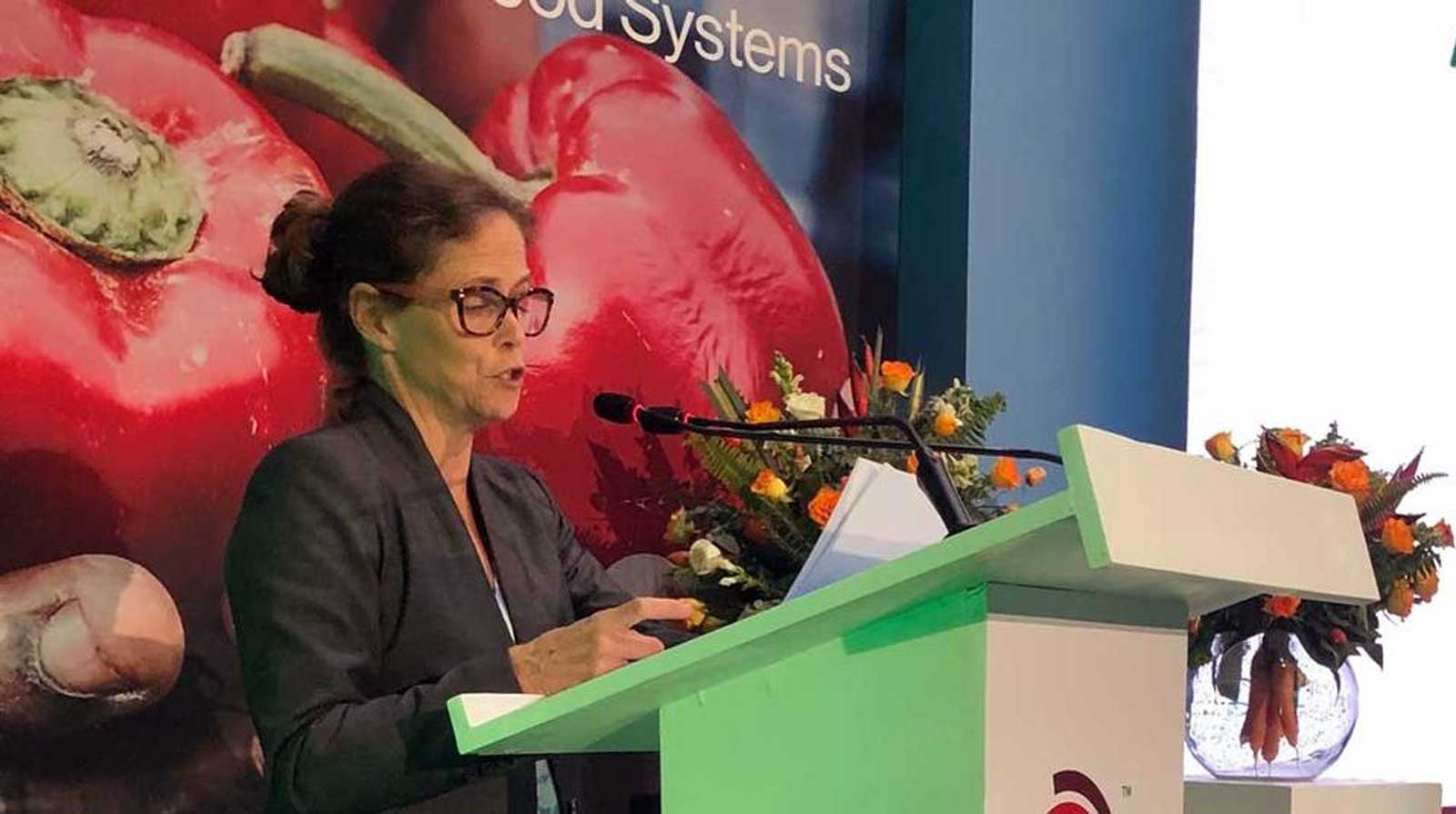
One of the largest food price spikes in recent decades has led 2022 to be dubbed the “year of unprecedented hunger.” Africa is once again at the forefront of the crisis, with 346 million people currently suffering from severe food insecurity according to the United Nations. Over the past decade, Africa’s food import bill has nearly tripled, and high food prices on global markets have made it more urgent than ever to reduce the continent’s reliance on food imports.
In May 2022, the African Development Bank (AfDB) launched a US$1.5 billion African Emergency Food Production Facility with the stated goal of boosting food and nutrition security on the continent. While the AfDB has joined other major development banks in committing to a “transition [of] food systems compatible with climate and biodiversity imperatives,” this emergency program continues to promote the same environmentally disastrous model rejected by millions of African farmers.
“The AfDB seems to be seizing the opportunity of the latest food price crisis to push for the same corporate-led agriculture ‘development’ strategy that has been the core of its agenda for years.”
The AfDB plan has three pillars — all geared towards expanding an industrial model of agriculture centered on monocropping and increased reliance on inputs such as “improved” seed and chemical fertilizer. To boost food production — with a focus on wheat, corn, rice, and soybean — the facility is to deliver “certified seeds, fertilizer and extension services to 20 million farmers” and provide “financing and credit guarantees for large-scale supply of fertilizer to wholesalers and aggregators.” The AfDB has also announced that after consulting with “fertilizer company CEOs,” it is working to “secure commitments from African governments on implementing policy reforms on fertilizer.”
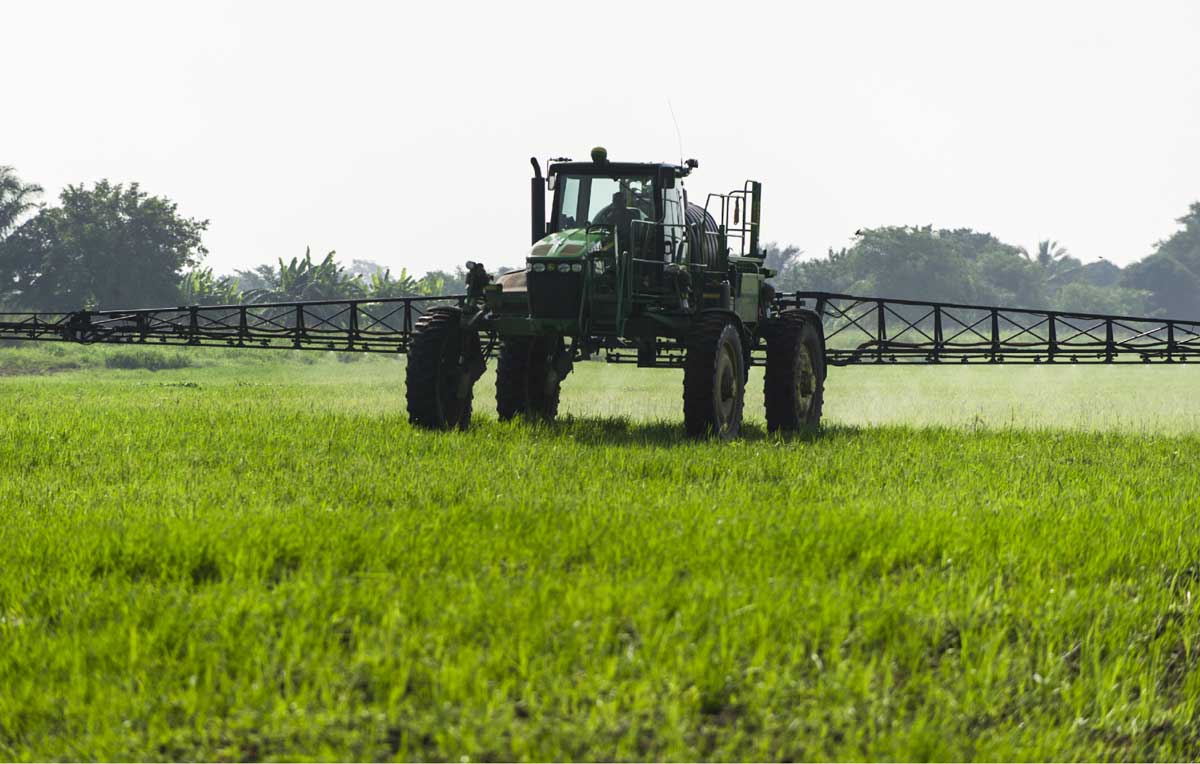
That an emergency program involves policy reforms is appalling given Africa’s long history of colonial exploitation and theft, including through painful structural adjustment programs. The AfDB seems to be seizing the opportunity of the latest food price crisis to push for the same corporate-led agriculture “development” strategy that has been the core of its agenda for years. Key goals of the AfDB’s 2016 Strategy for Agricultural Transformation in Africa (2016-2025) were already set on expanding the use of commercial inputs and liberalizing the input markets. Through the Africa Fertilizer Financing Mechanism,1 the AfDB has been working closely with the Alliance for a Green Revolution in Africa (AGRA) and the International Fertilizer Development Center on initiatives to “improve production, trade, and utilization of fertilizer” in Africa and has pursued co-investment partnerships with corporate input giants like Syngenta, Yara, Dangote, Export Trading Group, and Omnia Fertilizer.
But is this what African farmers really want or need? Who truly benefits from this agenda?
Short-Sighted AfDB Plan Serves Corporate Interests
Increasing fertilizer use in much of the world is constrained by already high usage rates or environmental regulations, Africa is thus seen as the last expansion market for agrochemical companies. The average fertilizer application per hectare in Sub-Saharan Africa is currently 17 kg — a fraction of the global average of 135 kg. African smallholder farmers are those feeding the continent but they grow food without much chemical fertilizer or “improved” seeds. Efforts to expand their use are therefore less motivated by making up for the high prices of fertilizer and cereals than to fulfill a long-standing goal of entrenching a reliance on commercial inputs on the continent.
“Catalyzing scarce public funds to help expand the business of fertilizer companies is especially egregious considering the record profits made by these corporations during the crisis.”
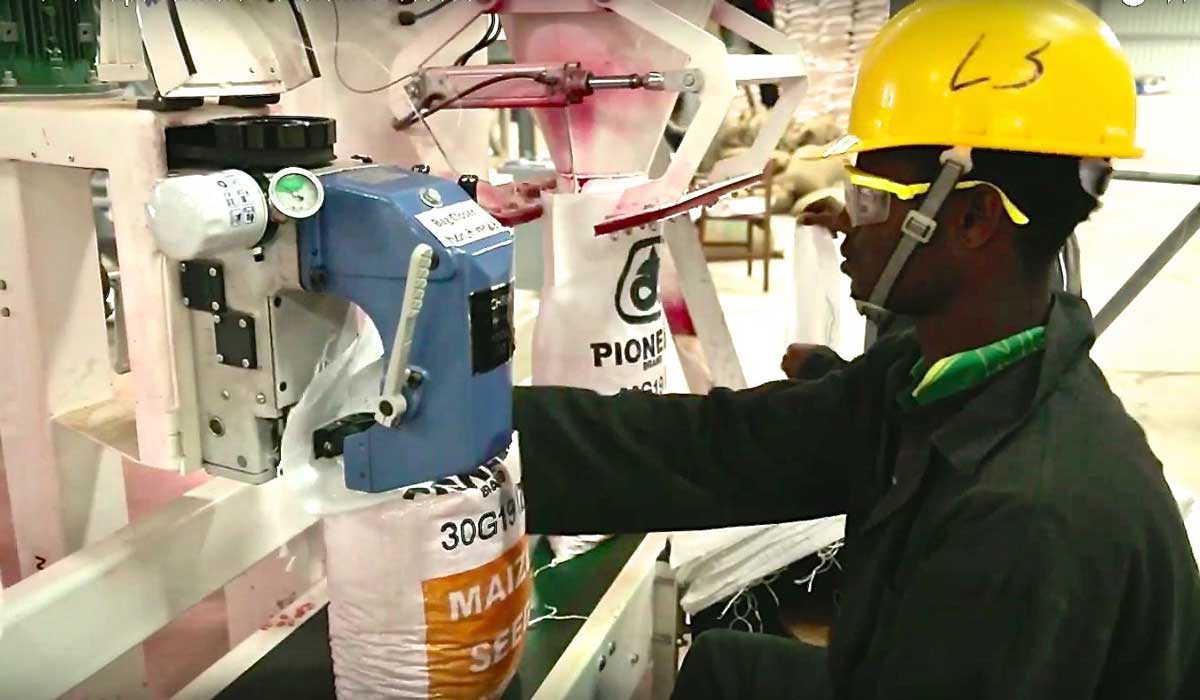
Catalyzing scarce public funds to help expand the business of fertilizer companies is especially egregious considering the record profits made by these corporations during the crisis. Profiteering from higher commodity prices, many of the largest publicly listed companies producing nitrogen, phosphate, and potash saw revenue and stock prices skyrocket in 2022. Canadian Nutrien took in a record US$5 billion in net earnings in the first half of 2022. Norway’s Yara International reported a first-quarter operating income of US$1 billion, compared to US$322 million a year earlier. In the same quarter, US company Mosaic saw an increase in earnings per share of over 250 percent compared to the year ago quarter. Seed and pesticide companies are also filling their coffers: German chemical company Bayer saw “outstanding sales and earnings growth, with particularly substantial gains for our agriculture business” during the same period.
“Fertilizer companies have a history of thriving during times of hunger.”
Fertilizer companies have a history of thriving during times of hunger. As detailed in a report from INKOTA, during the last food price crisis in 2007/8, top fertilizer companies captured colossal profits that they in turn used to consolidate and further expand their power. With the AfDB helping to facilitate market expansion, these firms are poised to take in massive profits as they ensnare African farmers in an endless dependency on inputs.
What’s Wrong with Synthetic Fertilizer and Commercial Inputs?
According to the AfDB, the “use of fertilizers and improved seeds to increase [farmers’] agricultural productivity would have a huge impact on their yields, and therefore on their income.” It is however highly questionable to assume that higher yields lead to higher incomes given the vicious cycle a reliance on chemical fertilizers has on farmers. The use of chemical fertilizer depletes the land’s nutrients — requiring more fertilizer each year to produce at the same level. This creates a dead-end where farmers’ incomes and food security don’t improve while soil loses fertility overtime, requiring higher expenses on fertilizers every year.
Chemical fertilizer prices reached near record levels in 2022 and are projected to remain high for at least several years. With government budgets already stretched by the COVID-19 pandemic, committing large portions of public spending to subsidize chemical fertilizer further drains government resources. Looking at the experience of input subsidies in Malawi provides a cautionary tale: Despite at one time consuming 16 percent of the entire government budget, the program has failed to reduce hunger and the country still spends considerable amounts for costly input subsidies every season.
Expanding the use of chemical fertilizers not only fails to improve food security but also devastates the environment, a factor that cannot be ignored amidst the escalating climate crisis. The supply chain for synthetic nitrogen fertilizer is responsible for 2 percent of all global emissions. Runoff of nitrogen and phosphorus applied on farms lays waste to local water supplies through algal blooms. These impacts are so serious that experts have called the flood of excess nitrogen into the environment “one of the most severe pollution threats facing humanity today.”
African Farmers Resist Expansion of Industrial Agriculture
Across the continent, organizations representing hundreds of millions of African farmers are demanding a new path forward, away from the large-scale, monocrop production model reliant on chemical fertilizers. Last year, the Alliance for Food Sovereignty in Africa (AFSA) rejected AGRA and other Green Revolution programs focused on promoting the use of commercial seeds, chemical fertilizers, and pesticides. In a press conference on September 1, 2022, African farmer organizations reiterated calls to governments and international institutions to support a move to a sustainable and climate-friendly way to produce food for all. The Network of Peasant Organizations and Producers in West Africa (ROPPA)2 similarly rejected the business as usual approach to importing large amounts of wheat, instead calling for policies that “invest more ambitiously in the agroecological transition, local production of fertilizers and natural phytosanitary products in the region and sustainable management of biodiversity.”
This starts with the rehabilitation of African crops, such as teff, sorghum, fonio, amaranth, millet, cassava, yam, and many others. While Indigenous crops have assumed a reputation as “food for the poor” due in large part to mindsets engrained during colonial rule, they are central to the diet of hundreds of millions of Africans. These crops are adapted to local geoclimatic conditions, which makes them more resilient to climatic shocks and less reliant on inputs than foreign cereals. These are part of a wide diversity of food produced on the continent, including cereals, vegetables, roots, and tubers, as well as nuts and fruits. Agroecological systems rely on this diversity to provide a range of socio-economic, nutrition and environmental benefits — unmatched by monocrops.
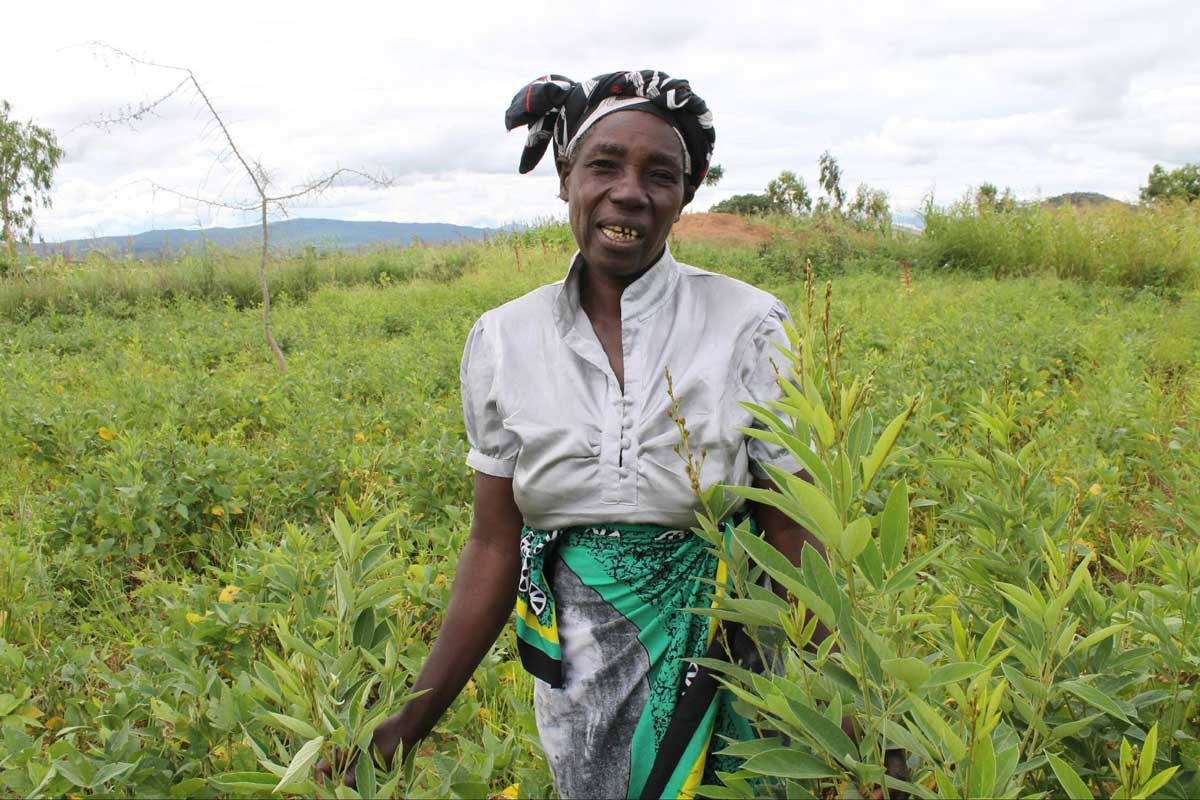
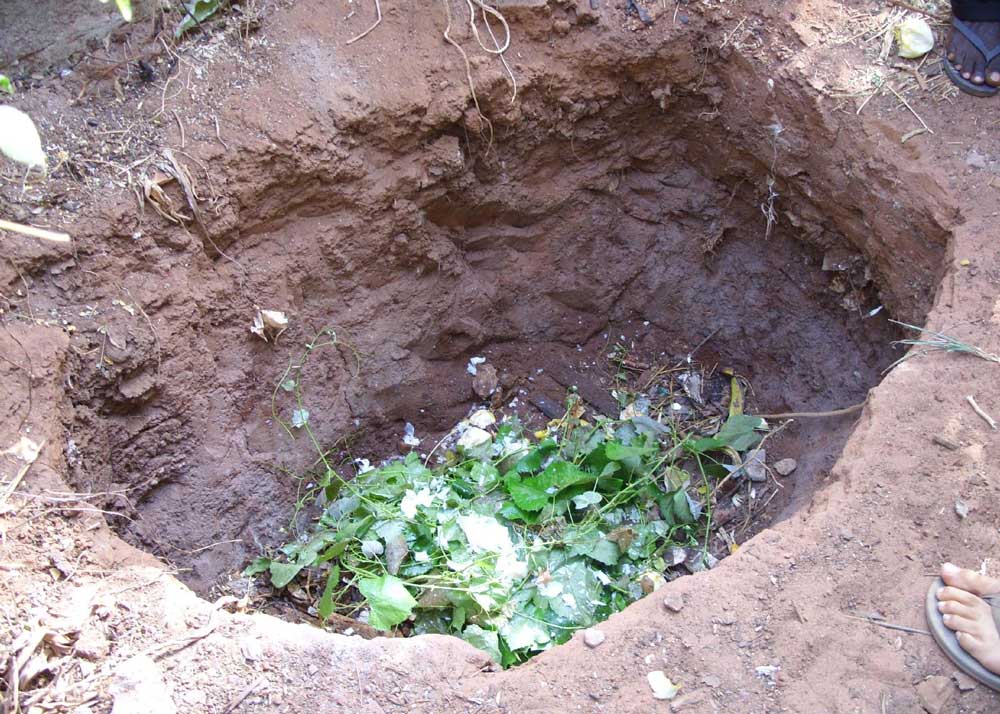
Building on Indigenous knowledge, millions of farmers across the continent have assembled a tremendous mass of effective experiences, practices, and innovations in agriculture that don’t require costly and polluting external inputs. In Kenya, fermenting organic matter to create a nutrient rich compost called Bokashi is helping farmers restore dry, depleted soils to grow numerous crops. Farmers planting nitrogen-fixing “fertilizer trees” in Malawi benefit from the high levels of biomass they create, atmospheric nitrogen and other nutrients captured, and ability to survive even during times of drought. A variety of nitrogen-fixingleguminous plants are widely used on the continent from Malawi to Benin. In many countries, including Senegal, cover crops are planted to protect the soil and improve its fertility through increased nutrient retention. Coupling such practices with composting, farmers have seen drastic yield increases.
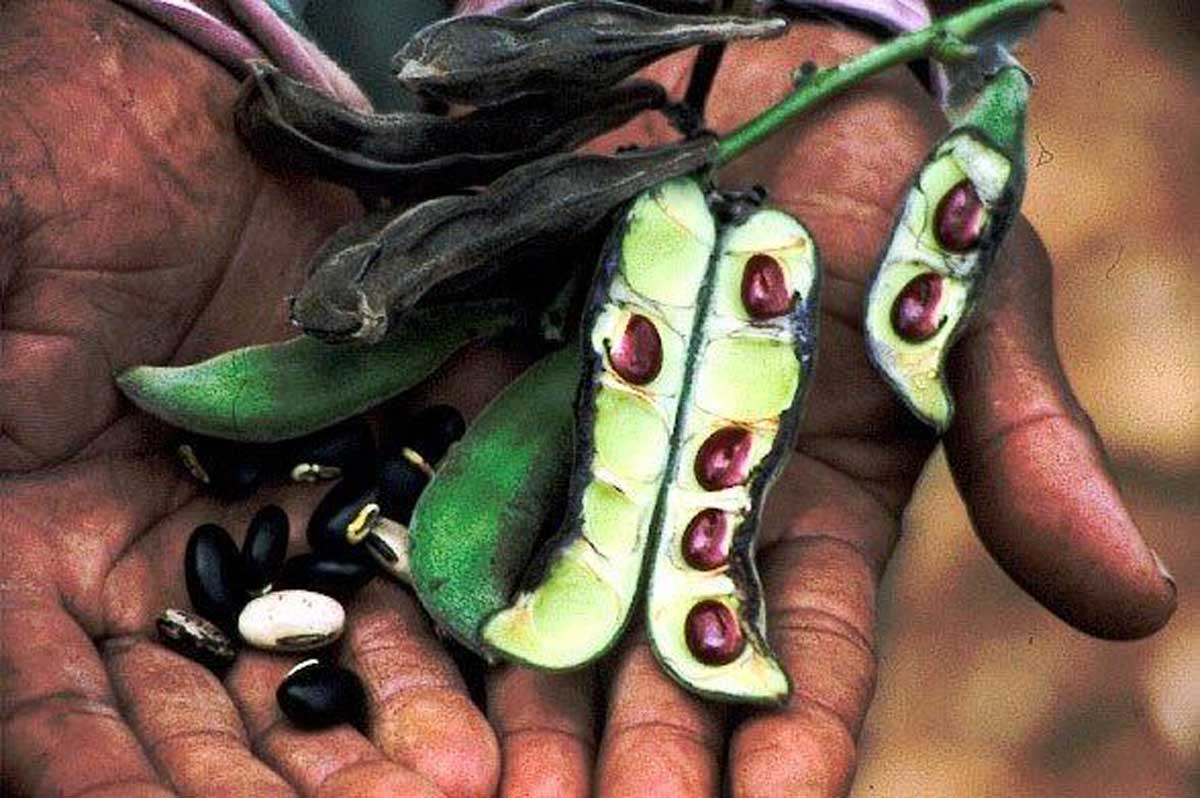
These are just some of the many impactful agroecological practices that are backed by scientific studies, demonstrating alternatives to chemical fertilizers are effective, affordable, and sustainable. Crucially, unlike chemical fertilizers, these options restore the soil over time and are free from erratic global prices. Mixing plants, crops, and trees, also makes communities more resilient to the climate crisis by providing different sources of food and income along the year.
These are not just the actual solutions to hunger but also essential for a shift towards resilient, environmentally sustainable ways to grow food. But they will remain neglected and underfunded as long as corporate bottom lines are prioritized by international finance institutions such as the AfDB. Instead of doubling down on a failed model, now is the time to direct public funds to support the solutions that African farmers are calling for across the continent.
- 1. Established in 2007, the Africa Fertilizer Financing Mechanism is hosted by the African Development Bank and seeks to “enhance pan-African agricultural productivity by promoting the use of fertilizers.” African Development Bank. “African Fertilizer Financing Mechanism.” https://www.afdb.org/en/topics-and-sectors/initiatives-partnerships/african-fertilizer-financing-mechanism (accessed September 1, 2022).
- 2. Réseau des Organisations Paysannes et de Producteurs de l’Afrique de l’Ouest
